Take a look at the following photograph. Where on earth could this be?
Why, it’s one of the secret ancient temples of Saskatoon, of course.
Columns soar up into sunlight. The wind whistles through empty aisles. When I stepped inside, every footfall echoed over and over. It was a strange, eerie place inside a labyrinth of passages, wrapped around the empty faces of forgotten buildings.
Disused train cars sat on silent sidings. Pigeons cycled in loose clouds from perch to perch, startling when I approached.
The temple ‘sanctuary’ was guarded and cloistered away from the street, but it was well worth going inside. Second only to Third Avenue United Church, it was the most striking interior I encountered in Saskatoon.
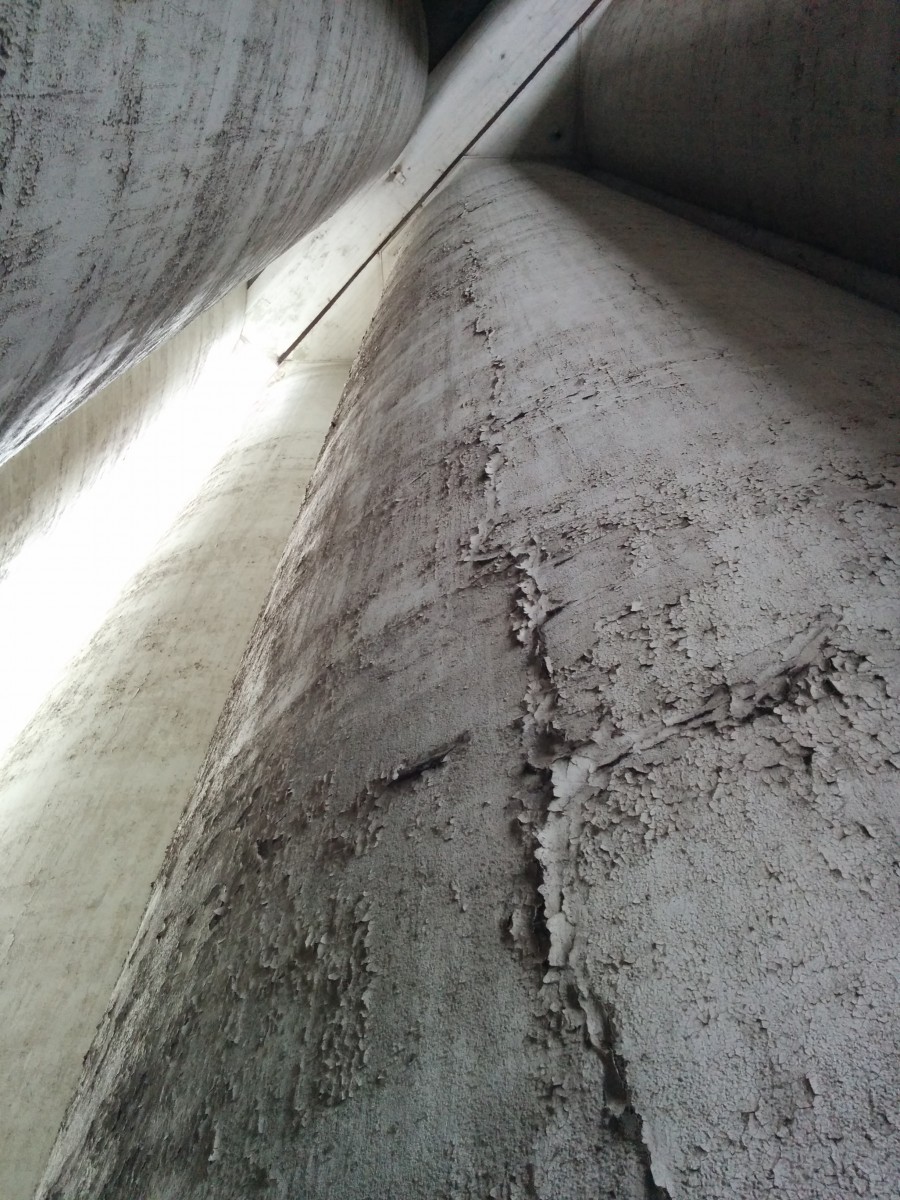
Most people didn’t see this, of course. From the outside, it looked, perhaps, slightly less remarkable.
That? Oh, that’s just the old Parrish & Heimbecker Grain Elevator, people would say. My grandfather worked in there.
I’m not sure anyone ever really looked at it, even when they decided to knock it down. People like to smash things, you see, particularly when they are convinced they can no longer make money from them. In a previous post, we looked at the destruction of the ancient city of Palmyra in Syria. It turns out that we are not innocent of this tendency to destroy what might be valuable. We may not exactly be bulldozing temples – though, as I’m trying to show here, even our ordinary industrial spaces can sometimes have an almost spiritual quality.
When I originally wrote about this place, I was being very tongue-in-cheek. I was just excited to have discovered the place; I didn’t know the owners were going to knock it down six months later, and that the city would do nothing to stop them. But on June 20, I found hundreds of people gathered early in the morning to watch it fall.
The Heritage Society protested, but the general public wasn’t really paying any attention to historic preservation up to this point. People didn’t bat an eye when Parrish & Heimbecker fell. But then this happened:
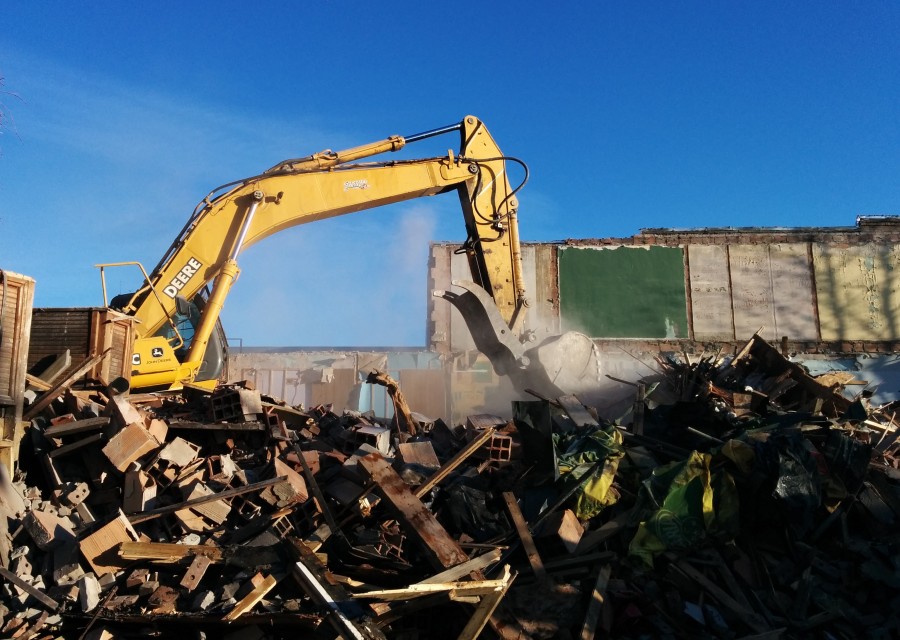
The former Lydia’s Pub, where Joni Mitchell once played, along with countless other bands, was demolished – even after a coalition of developers and heritage preservationists was formed to save it.
As with the grain elevator, the demolition became a kind of community event, with crowds gathering on Broadway, just around the corner from my house, to watch steam shovels smashing away at the historic ornamental brick which Heritage Society members had begged to be allowed to salvage. Unlike the industrial building, people cared about this place. Musicians and locals hung cardboard signs on the barrier fencing, reading “RIP Lydia’s O’ Broadway,” and listing the cause of death as “killed by: City of Saskatoon.” Newspapers published editorials lamenting the state of architectural preservation in the city. Would this be our ‘Grand Central Station moment’?
In New York, after the demolition of Penn Station, Grand Central was set to be the next casualty. But citizens put their collective foot down, and this became the impetus for the preservation movement in the city. Is Saskatoon learning a similar lesson?
Probably not.
Remember how no one cared when the grain elevator was being destroyed? Because it was an industrial building, because it was ‘ugly’ on the outside, because it was made of concrete? Because it was less than a century old? Pick a reason. People don’t yet have nostalgia for these places, so they miss the fact that they are absolutely spectacular.
Let’s not forget that Le Corbusier was inspired by the stark simplicity of North American grain elevators when he wrote Towards a New Architecture. And let’s not forget, either, that Saskatoon, like Waterloo Region, has the origin of its modernism rooted in industrial architecture. Arguably, Saskatoon’s most powerful architectural identity is derived from its infrastructure. It calls itself the City of Bridges, after all.
From the great concrete arches of Broadway and University bridges, to the strange pedestrian walkways suspended between two separate spans at the north end of the city…

… and the pigeon dwellings and echoing spaces beneath Idylwyld Highway.
But despite the explicitly valued quality of the bridges as a symbol of the city, this one will be the next heritage structure to be knocked down:
That’s right: even though the Victoria Traffic Bridge is the oldest of all Saskatoon’s bridges, the city let it fall into decay, and eventually decided repairing it would be too costly. Better to make a new bridge that sorta? kinda? looks like the old one. This is the opposite of meaningful heritage preservation. Saskatoon has not learned its lesson.
This is not to say that nothing architecturally good is happening in Saskatoon. Witness the new Remai Modern Art Gallery, seen under construction below. Its dramatic cantilevers and (eventual) perforated mesh cladding will make a strong statement in what is probably literally the most prominent site possible – looming over the river, adjacent to downtown. The city is building some new architecture with the robustness and boldness of its old infrastructure, and I applaud this. But this is still far too tied to the mentality of giving primacy to the new, the shiny, in contrast to the shabbiness of the old: this is still a boom and bust mentality. When times are good, you make new things. And you knock the old things down.
So what do we do? I mean, it’s certainly hard to reuse grain elevators for other purposes, but it’s not impossible.
I think we need to look harder at the buildings and infrastructure we have, notice them for what they are physically, even when their origins are mundane. Let’s remember that our cities are physical landscapes which develop over time, not just collections of programme. And don’t miss the secret temples and towers and tunnels and cathedrals that might be lurking around any corner, inside any old warehouse, or factory, or grain elevator.
[All photos by author.]
Samuel Ganton is a graduate student at the University of Waterloo School of Architecture. His thesis research focuses on designing a thunderstorm observatory on a lake in Venezuela.


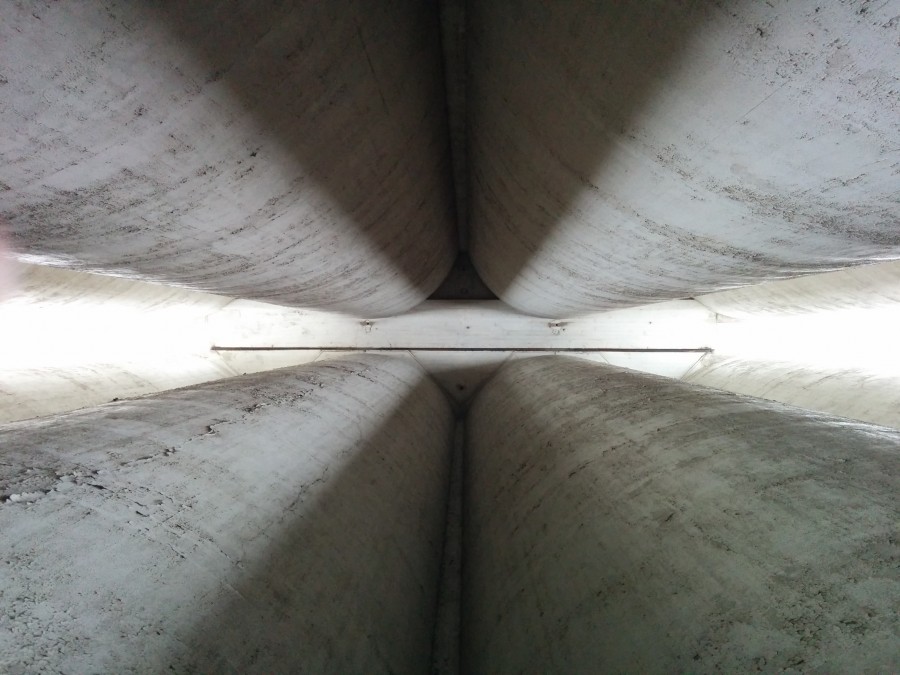
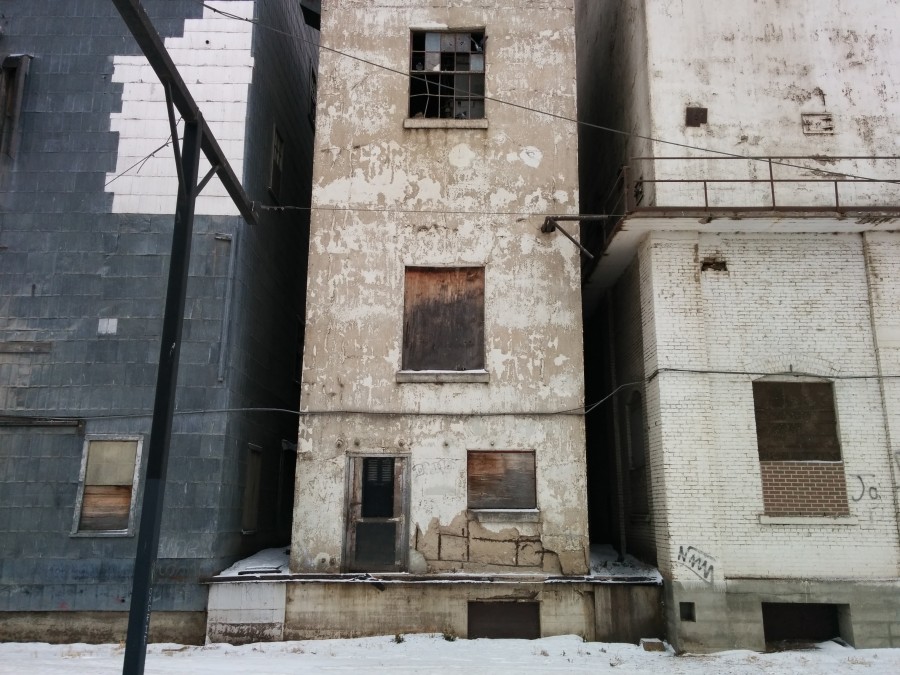
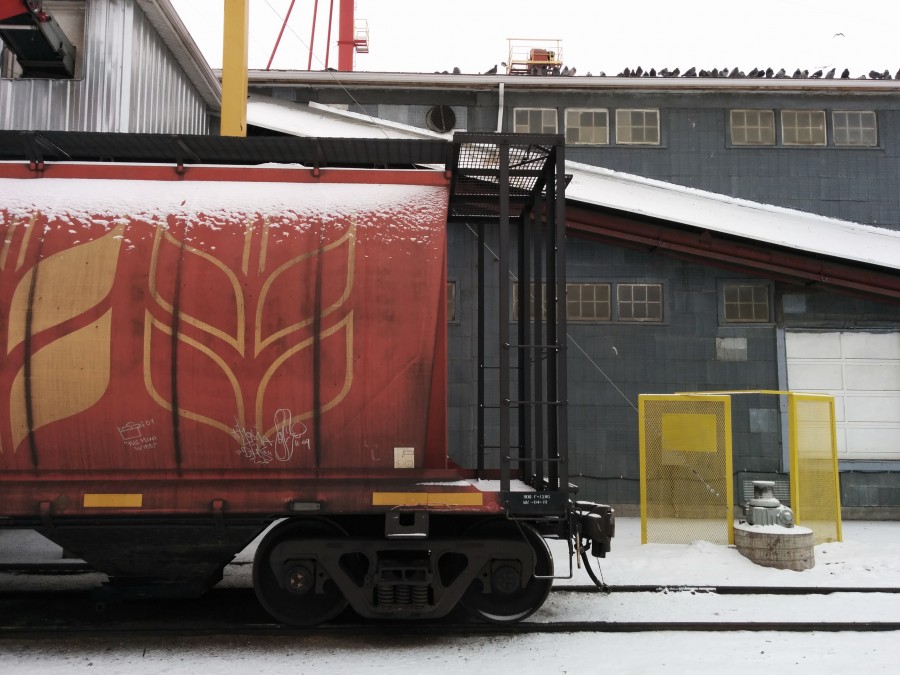
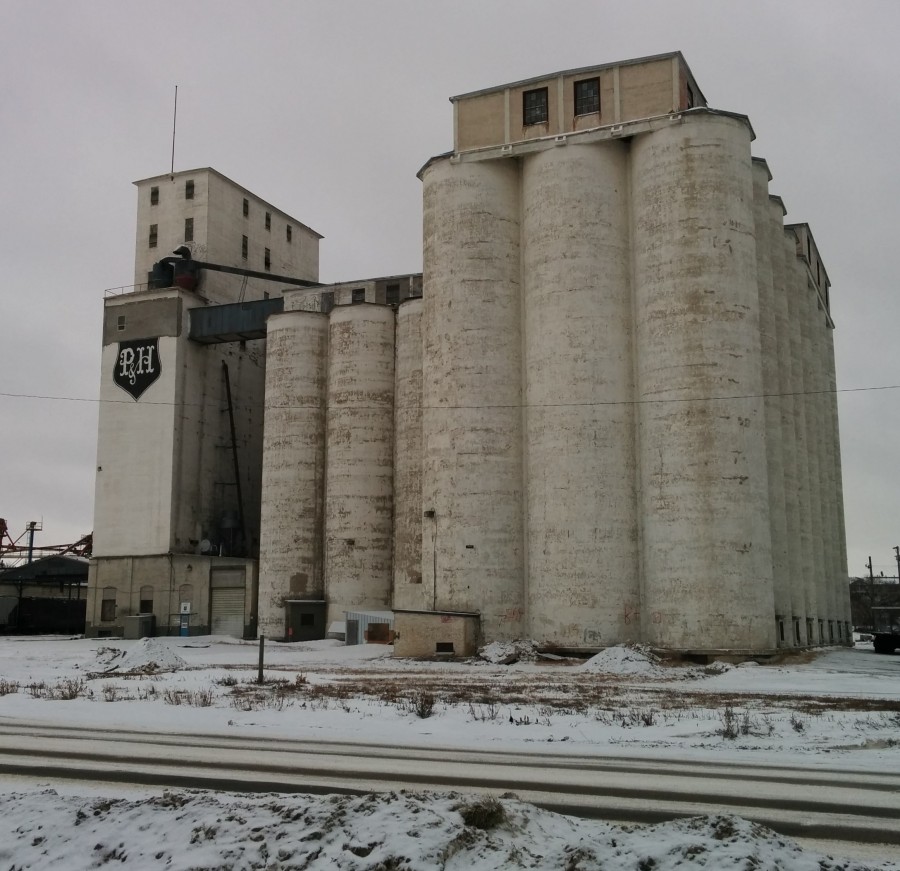
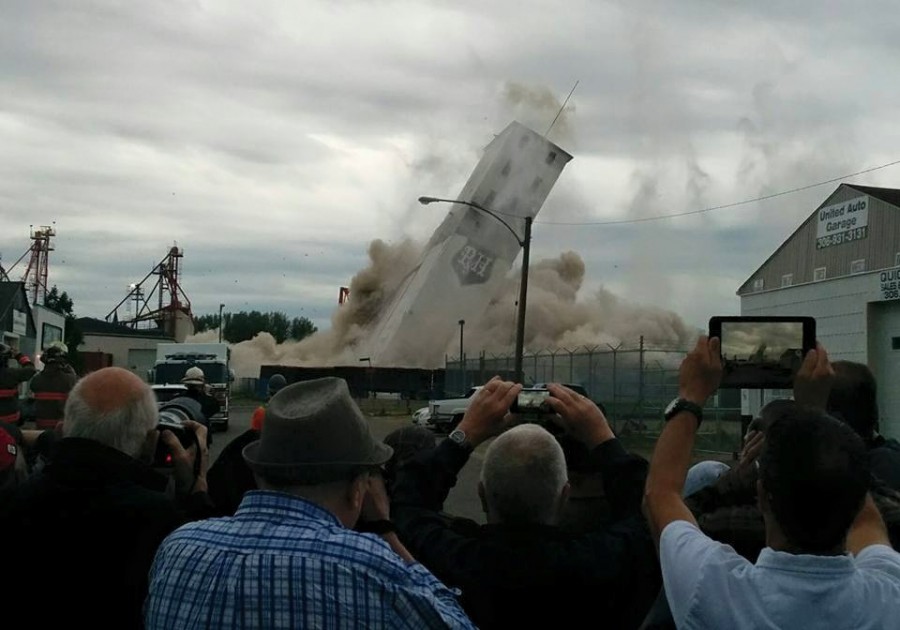
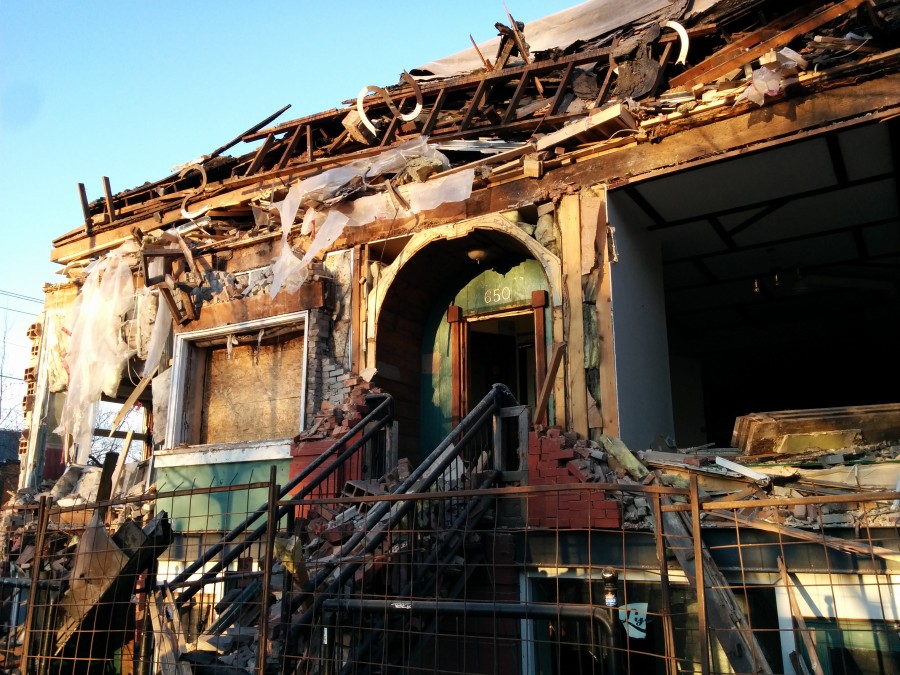
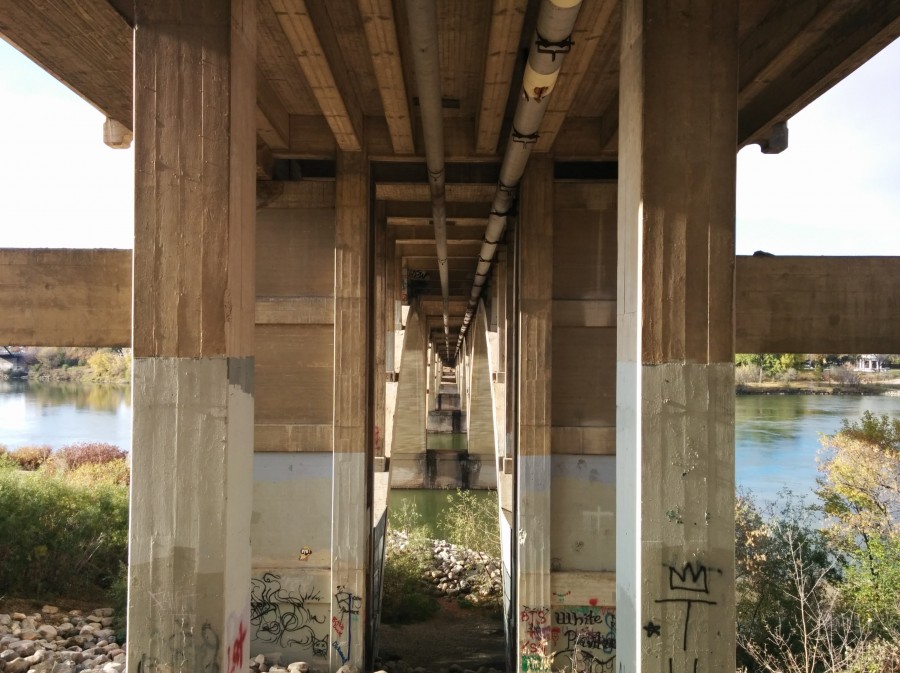

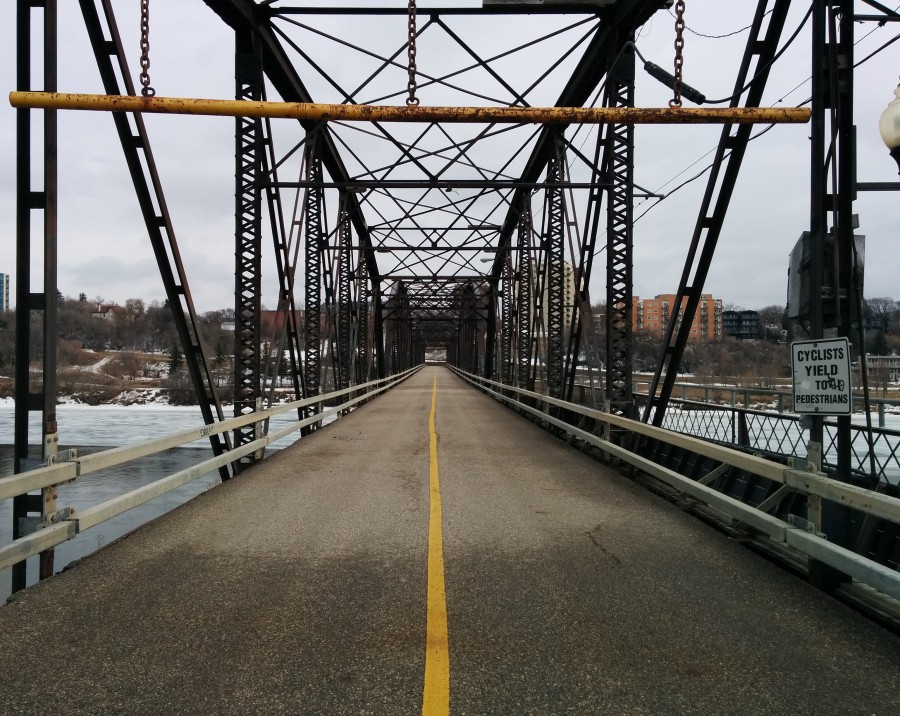
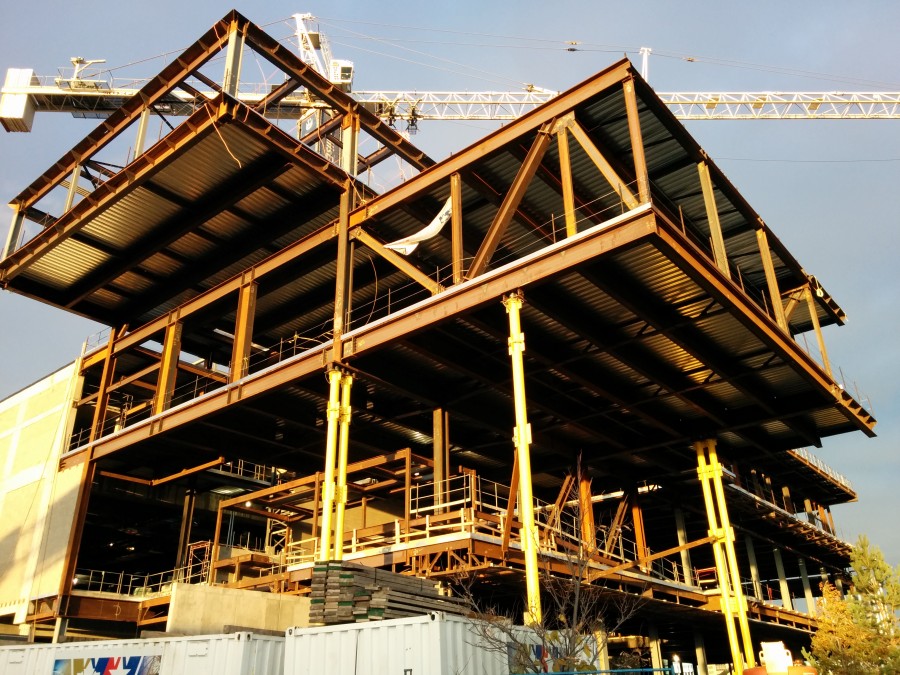


Leave a Reply